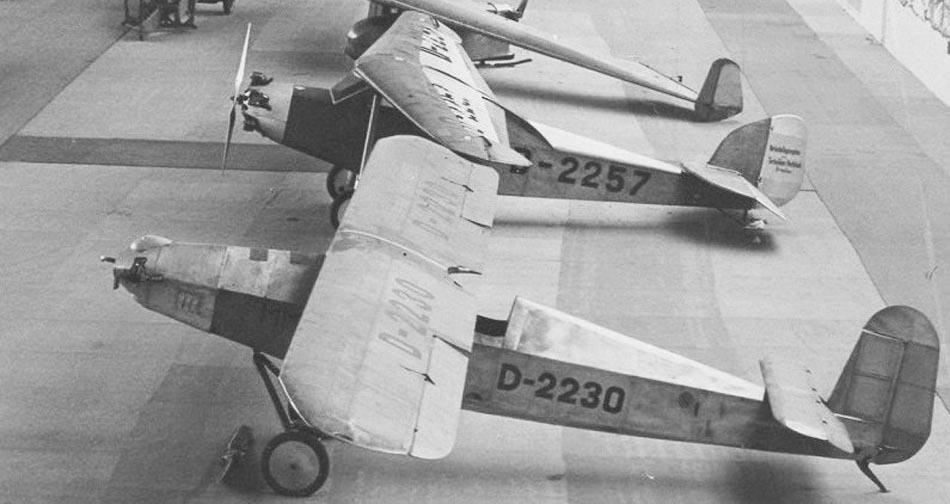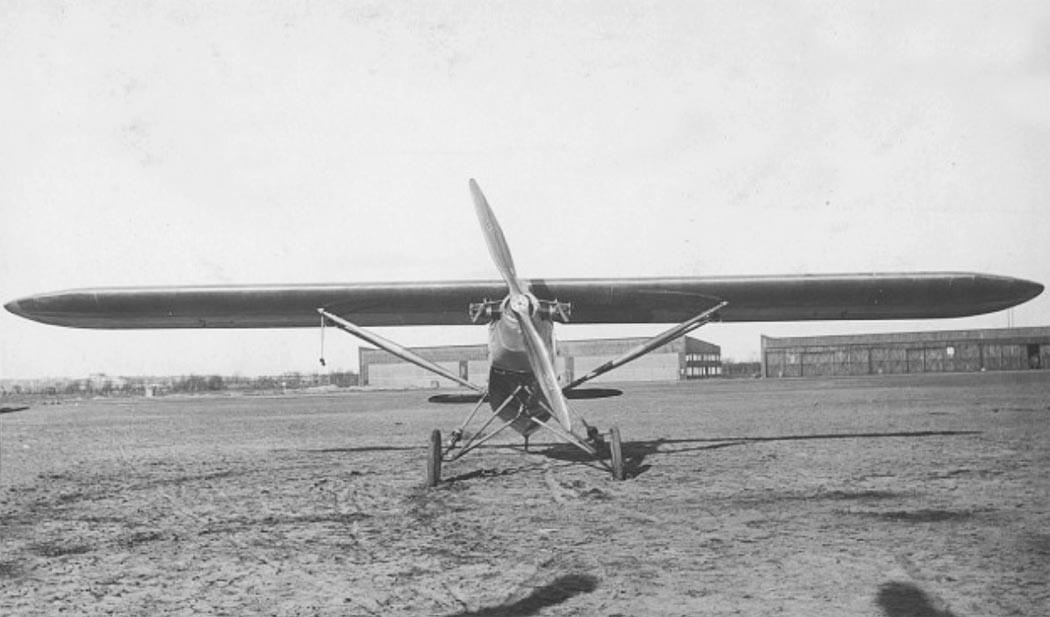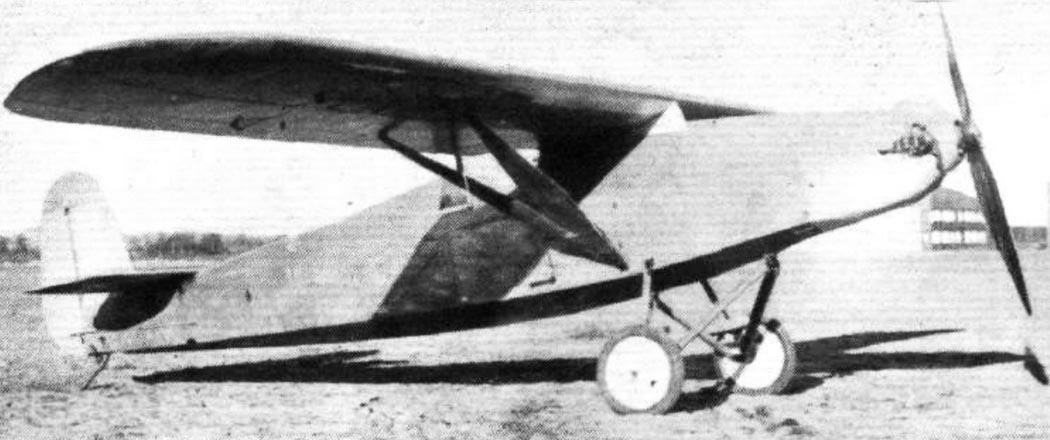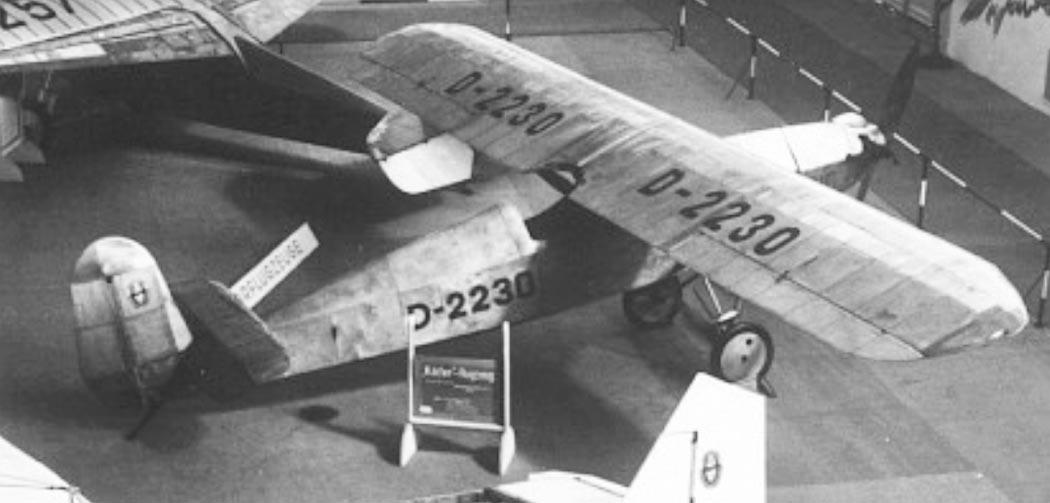B
In the early 1930s, German aviation clubs were in dire need of new technology, since, according to the Treaty of Versailles, the German government could not provide them with financial assistance. To solve this problem, in 1931 the Deutsche Luftfahrt-Verband eV (DLV) announced a competition among enthusiasts for designs of light sport aircraft.
Two projects won this competition - Akaflieg Berlin B4 FF, developed by a group of students from the Berlin University of Technology, and MM-1 created by German engineer and glider designer Hermann Mayer from the Technical University of Aachen (which is why the same project was called Mayer- Aachem MM1).
The MM-1 was a two-seat wooden strut-braced high-wing aircraft powered by a 20 hp Daimler F7502 twin-cylinder engine. (15 kW). In February 1932, the MM-1 and B4 aircraft were shown for the first time at the Berlin Central Airfield.
In the same year, the MM-1, which received the civil registration number D-2230, was shown at the Deutschen Luftsport-Ausstellung (DELA) exhibition.
| Type |
2 seat sportplane |
| Engine |
1 Daimler F7502 |
| Dimensions |
Length 5,86 m, height , span 10,0 m , wing area 12,31 m2 , |
| Weights |
Empty 284 kg , loaded , max. take off weight 384 kg |
| Performance |
Max.. speed 116 km/h , cruising speed 102 km/h , range , endurance , service ceiling , climb |
| Type |
Werk.Nr |
Registration |
History |
|
|
D-2230 |
|
